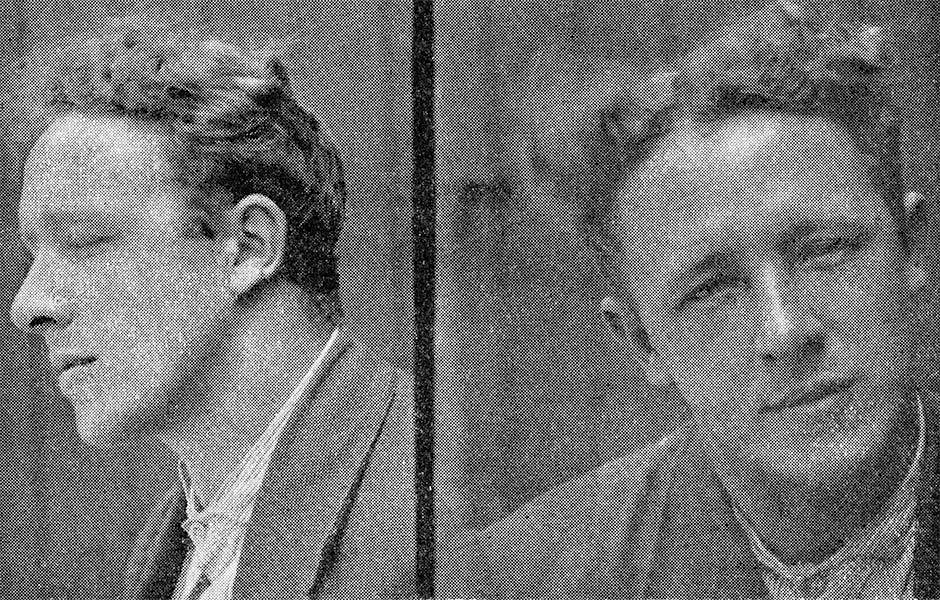
Roy James Lambess
Labourer and jockey, born 1893, New Zealand
Tried: 7 March 1919, court martial, Featherston Camp
Charge: Deserting Expeditionary Force
Sentence: 18 months’ imprisonment
Some men rejected military service on grounds of political principle or religious belief, while others did so out of a more generalised disdain for authority and organised society. Roy Lambess, a man rarely out of trouble with the police, is an example of the latter group.
Lambess enlisted at Trentham in November 1915, giving his last ‘employer’ as a billiard saloon and his last address as ‘Police Station Auckland’ – from which it might be inferred he was spared prosecution on the condition that he enlisted for military service. At some point after his initial medical inspection he was diagnosed with gonorrhoea, and he was on his way to the venereal disease hospital on Quarantine Island (Otago Harbour) when he first escaped from military custody in May 1916.
This escape set the pattern for three more. When Sergeant Vyvyan Tayler arrested Lambess in Whanganui on 9 August 1916 for being ‘Idle and Disorderly’, he discovered a forged letter asserting that he was exempt from service on medical grounds. Tayler advised ‘that this man is a regular waster and not a fit & proper person to be associated with other men in any camp’. Whanganui magistrate William Kerr condemned Lambess as ‘the worst of shirkers’, noting that he had been convicted on five occasions in 1913 alone for avoiding Territorial service, and since 1914 had been on the ‘untraced list’. Kerr deprived Lambess of all civil rights for five years, bemoaning his inability to punish him further beyond a few days in prison.
Lambess was sentenced to six months’ imprisonment and returned to Quarantine Island in May 1917. He escaped again in June, possibly by swimming to the mainland, and settled in Dunedin with a prostitute who had helped him get away. Back on Quarantine Island by mid-July, he was punished for ‘conduct prejudicial to military discipline’ and sentenced to a further six months’ imprisonment there. Sent back to Featherston Camp, he escaped yet again in March 1918.
Lambess once again used forged documents to remain at large for three months. When the police received information in July 1918 that he and another deserter were stowed away on a mail train heading for Taranaki, the Stratford constabulary ran the pair down in the Empire Hotel. They were arrested and returned to camp. The Defence Department, ever-hopeful, returned Lambess to Quarantine Island – from where he escaped once again in September.
In December 1918 Lambess was arrested yet again and returned to Featherston Camp. A military court martial sentenced him to a surprisingly lenient 18 months in a civil prison, possibly taking into account the time he had already served for his other desertion convictions. He was released from Kaingaroa Prison in July 1920.
Sources: R.J. Lambess personnel file, AABK 18805 W5541/115 65938, Archives New Zealand; Wanganui Herald, 21 August 1916, p. 7; Otago Daily Times, 23 July 1917, p. 7; Police Gazette, 1920, p. 438


Community contributions